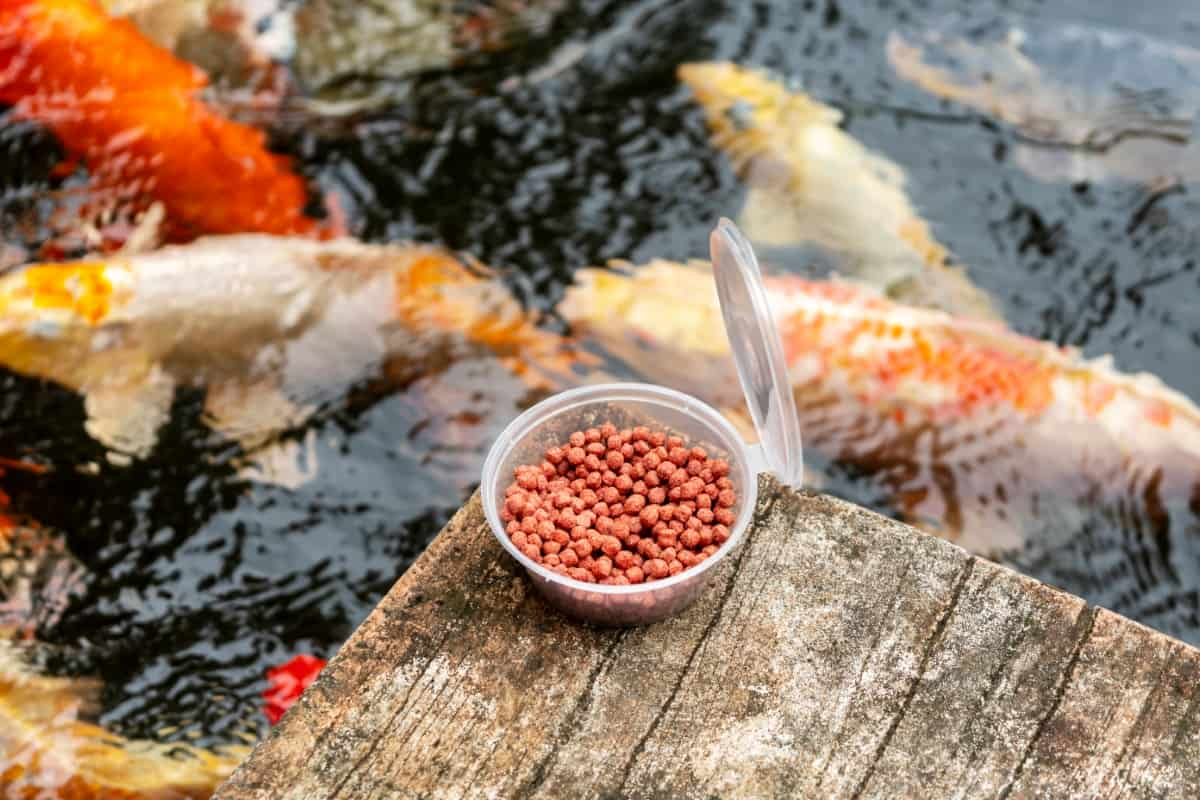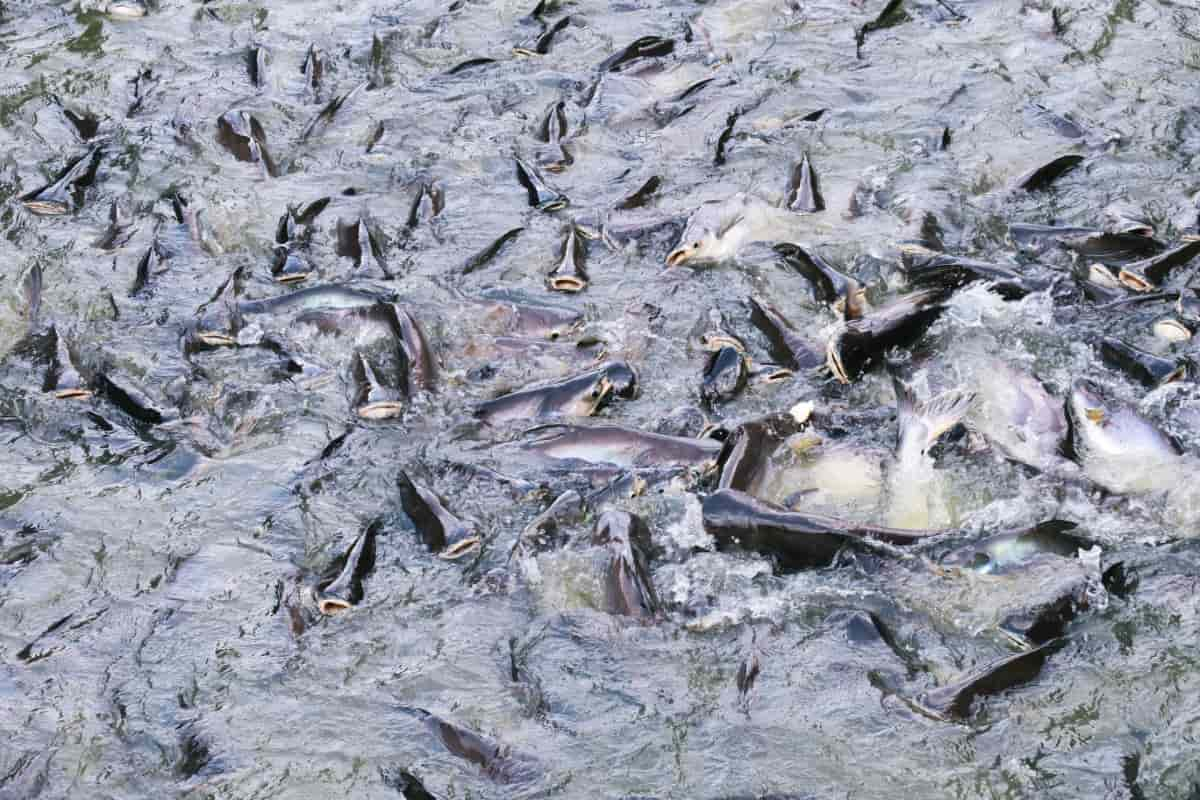The importance of quality nutrition for fish cannot be overstated. As you venture into fish farming, whether for commercial purposes or as a hobbyist, understanding and applying the right fish feed-making formula is crucial to ensuring your fish’s health, growth, and productivity. This guide seeks to empower you with knowledge on low-cost fish feed formulation, creating floating fish feed at home, and introducing the feeding methods that guarantee your fish a balanced diet.

Guide to Make Supplementary Fish Feed
The Science and Significance of Fish Feed
Like any other living organism, fish need a well-balanced diet for optimal growth and survival. The ingredients of a fish’s diet are typically proteins, carbohydrates, vitamins, fats, and minerals. Different species of fish have varying nutritional requirements, and it’s paramount to understand the specific needs of your fish to tailor the perfect feed formula.
The importance of this detailed understanding lies in the potential growth and productivity that comes with well-fed fish. High-quality, homemade fish food contributes significantly to the improved health of fish, reducing susceptibility to diseases. Consequently, it directly translates to enhanced profitability in a commercial fish farming context.
Cracking the Code: The Fish Feed-Making Formula
The heart of making floating fish feed at home lies in mastering the fish feed-making formula. This equation considers the fish’s nutritional needs and the ingredients’ cost. A typical fish feed-making formula includes 40-50% protein, 10-20% fat, and 20-30% carbohydrates. Other components include vitamins and minerals, each about 2-3%. Fish meals are a significant source of protein, providing essential amino acids necessary for the growth of the fish.
You can obtain this from various sources, such as dried and ground fish, crustaceans, and aquatic plants. Soya beans and other leguminous crops can provide plant-based proteins. Fats supply energy, enhance taste, and deliver fat-soluble vitamins. You can derive them from fish, linseed, and other plant-based oils. Carbohydrates, although not a primary energy source for fish, help in the binding process of the feed pellets. Wheat, rice, and other grains are excellent sources of carbohydrates.
Micro ingredients, such as vitamins and minerals, make up a tiny portion of the feed but play a significant role in fish health. For example, vitamin C enhances the immune system, while minerals like calcium and phosphorus contribute to skeletal development. These ingredients can be found in various organic and inorganic compounds.
Unlocking Low-Cost Fish Feed Formulation
Low-cost fish feed formulation is key to running a cost-effective and profitable fish farming operation. It involves sourcing inexpensive but nutritious ingredients locally. For instance, if you live in a region with a lot of cassava or sweet potato, you can use these as carbohydrate sources instead of expensive grains.
In case you missed it: How to Start Koi Carp Fish Farming: DIY in 10 Steps Guide for Beginners

Similarly, if the fish meal is costly or not readily available, consider using dried and crushed insects like black soldier flies larvae as protein sources. Remember, a low-cost fish feed formulation doesn’t mean compromising the quality of the feed. The health and growth of your fish remain paramount, so ensure all the required nutrients are adequately provided for, even while cutting costs.
The Step-By-Step Guide to Making Supplementary Fish Feed
Making floating fish feed at home might seem daunting, but it doesn’t have to be. Here’s a step-by-step guide to creating a balanced, nutritious fish feed:
- Ingredient Acquisition: Gather all the necessary ingredients based on the fish feed-making formula and your low-cost fish feed formulation strategy.
- Processing: Prepare each ingredient individually. For protein sources like fish meals or insects, dry and grind them into a fine powder. Process carbohydrate sources like grains or tubers into a flour-like consistency as well.
- Mixing: Mix the ingredients according to the right proportions. Ensure a homogeneous mixture to distribute the nutrients evenly in the feed.
- Pelletizing: After mixing, the feed is moistened with water and passed through a pelletizer or extruder to form pellets. The moisture content should be enough to bind the feed but not excessive to prevent mold growth.
- Drying: The pellets are then dried to reduce the moisture content and stabilize them. Depending on your setup, you can sun dry or use a mechanical dryer.
- Cooling and Packaging: After drying, the pellets are cooled and packaged in airtight bags for storage.
- This process creates a supplementary fish feed that floats on water, making it easy for fish to feed and minimizing waste.
Feeding Methods: A Path to Healthy and Productive Fish
Understanding the feeding methods in fish farming can significantly enhance your fish’s growth rate and productivity. Fish can be fed by broadcasting, where feed is spread over the water’s surface, or by demand feeders, where fish are trained to activate a mechanism that releases feed. The chosen feeding method should consider the species, age, and size of the fish, the type of pond, and the feed type. Regularly monitoring feeding habits and adjusting the frequency and quantity can help improve feed efficiency and reduce waste.
In case you missed it: Feed Management in Fish: Feeding Plan, Feed Formula, and Feed Requirement

Young fish or fry need to be fed more frequently – about 5 to 6 times daily – with finely ground feed. As the fish grow, the frequency reduces, and the pellet size increases. Broadcast feeding is suitable for small-scale or backyard fish farming. Still, for larger commercial operations, automated or demand feeders provide efficiency and ensure all fish get access to the feed.
Conclusion
The importance of crafting a well-balanced and cost-effective supplementary fish feed cannot be overstated. By understanding the right fish feed-making formula and employing low-cost fish feed formulation, you can significantly improve the health and productivity of your fish while keeping costs manageable. Making floating fish feed at home not only allows you to control the quality of the feed but also provides an opportunity to minimize waste and maintain a clean farming environment.
Employing the right feeding methods ensures that every single feed pellet counts and contributes to your fish’s overall growth and productivity. This step-by-step guide to making supplementary fish feed is your ticket to a successful fish farming venture. Dive in and experience the growth and productivity that comes with high-quality, homemade fish food. Remember, the health of your fish is directly proportional to the quality of feed they consume.
- Feed Your Flock for Less: Top 10 Tips to Save on Chicken Feed
- Ultimate Guide to Ossabaw Island Hog: Breeding, Raising, Diet, and Care
- Hatching Answers: The Top 10 Reasons Your Chickens Aren’t Laying Eggs
- Eggs and Economics: Breaking Down the Cost of Raising Backyard Chickens
- Defend Your Greens: Proven Methods to Keep Iguanas Out of Your Garden
- Ultimate Guide to Cinnamon Queen Chicken: A Comprehensive Guide for Beginners
- Ultimate Guide to California Tan Chicken: Breeding, Raising, Diet, Egg-Production and Care
- Ultimate Guide to Marsh Daisy Chicken: Breeding, Raising, Diet, and Care
- 10 Types of Chicken Farming Businesses You Can Start for Profits